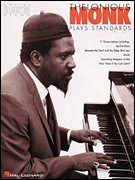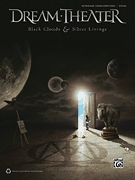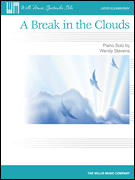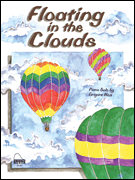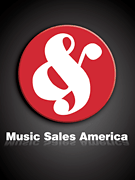Search Results for: “The Cloud”
Loading...
Liza (All The Clouds'll Roll Away) View 32 Products
The Great Cloud View 15 Products
Till The Clouds Roll By View 13 Products
Stepping On The Clouds View 10 Products
The Cloud View 9 Products
Cloud Nine View 5 Products
Sometimes He Comes In The Clouds View 5 Products
From The Clouds View 5 Products
Into The Clouds View 3 Products
The Little White Cloud That Cried View 3 Products
Love Will Roll The Clouds Away View 3 Products
The Dark Bank Of Clouds View 3 Products
The Clouds, They Thunder (Kwakhuphuka Amafu Dali, Leza Laduma Lamthata) View 2 Products
Lost In The Oort Cloud View 2 Products
Chase The Clouds Away View 2 Products
Flying Cloud, The View 2 Products
Beyond The Clouds And Into The Heavens! View 2 Products
Chasing Away The Clouds View 2 Products
In The Clouds View 2 Products
Above The Clouds View 2 Products
March Of The Clouds View 2 Products
Castle In The Clouds View 2 Products
A Break In The Clouds View 2 Products
Look, You Saints, The Cloud Of Witness View 1 Product

